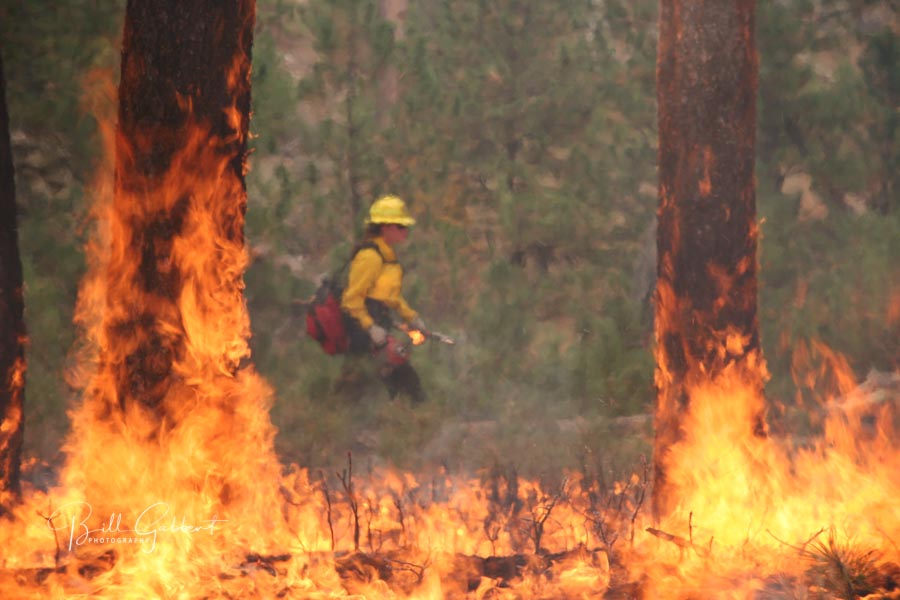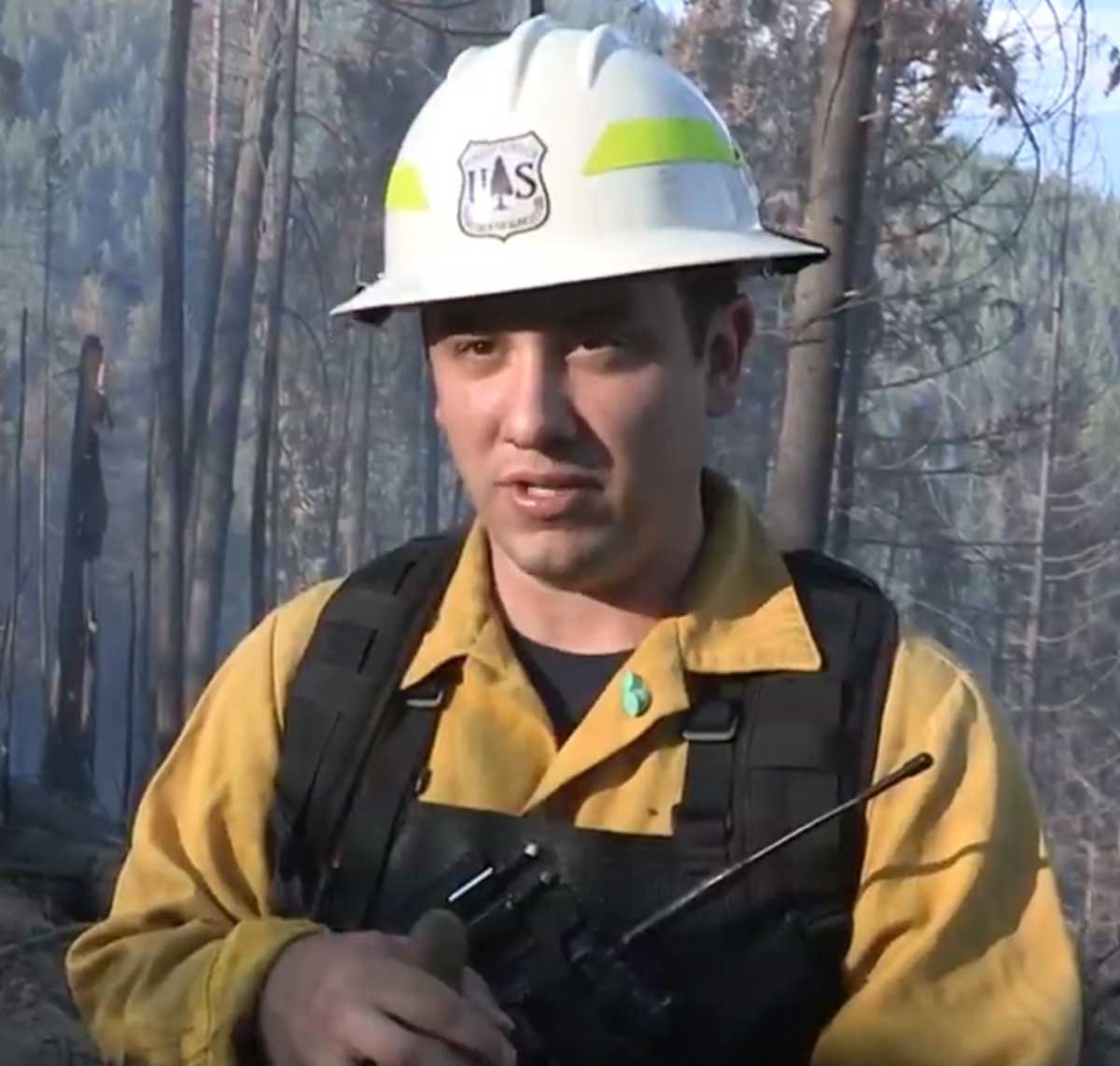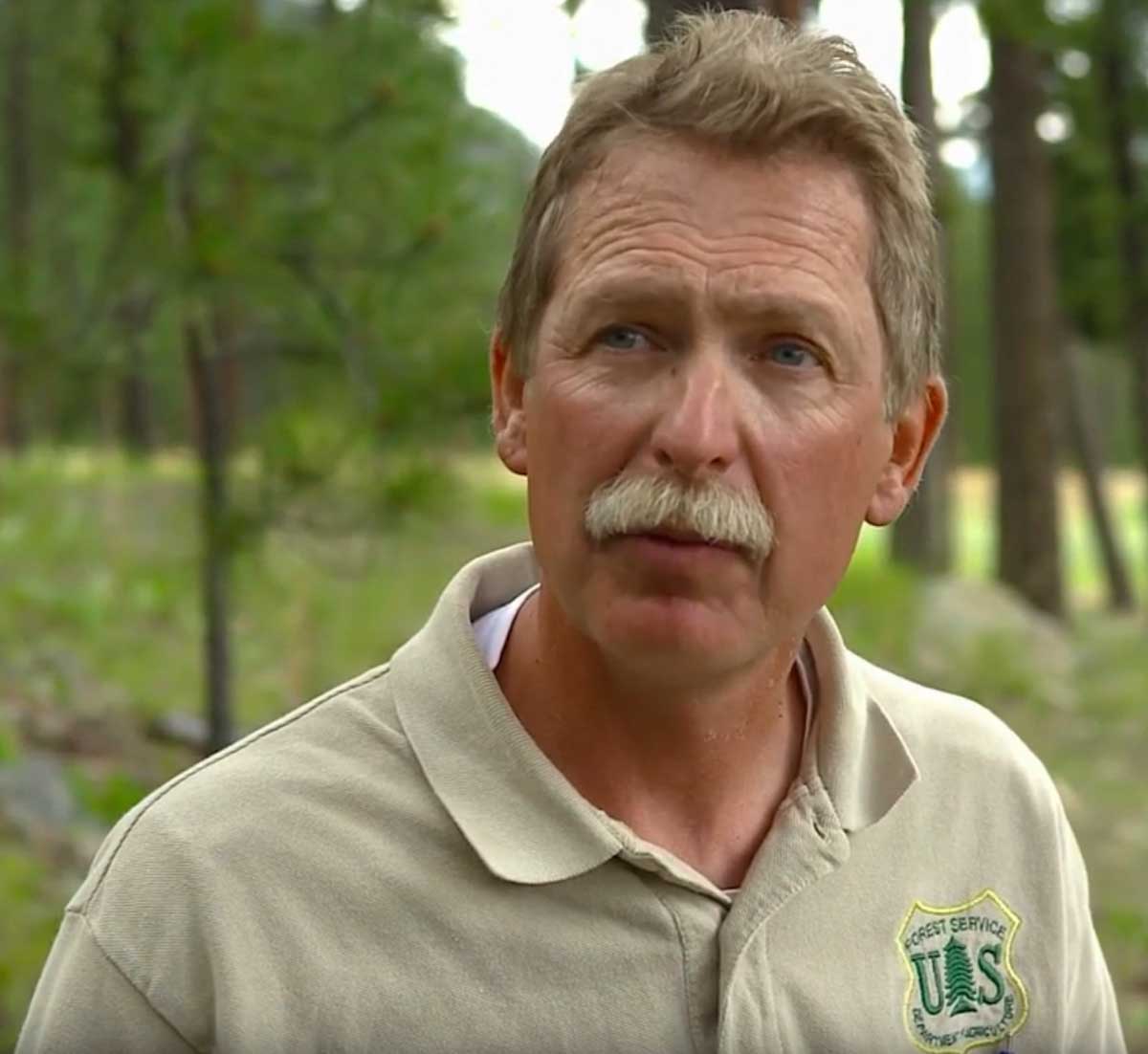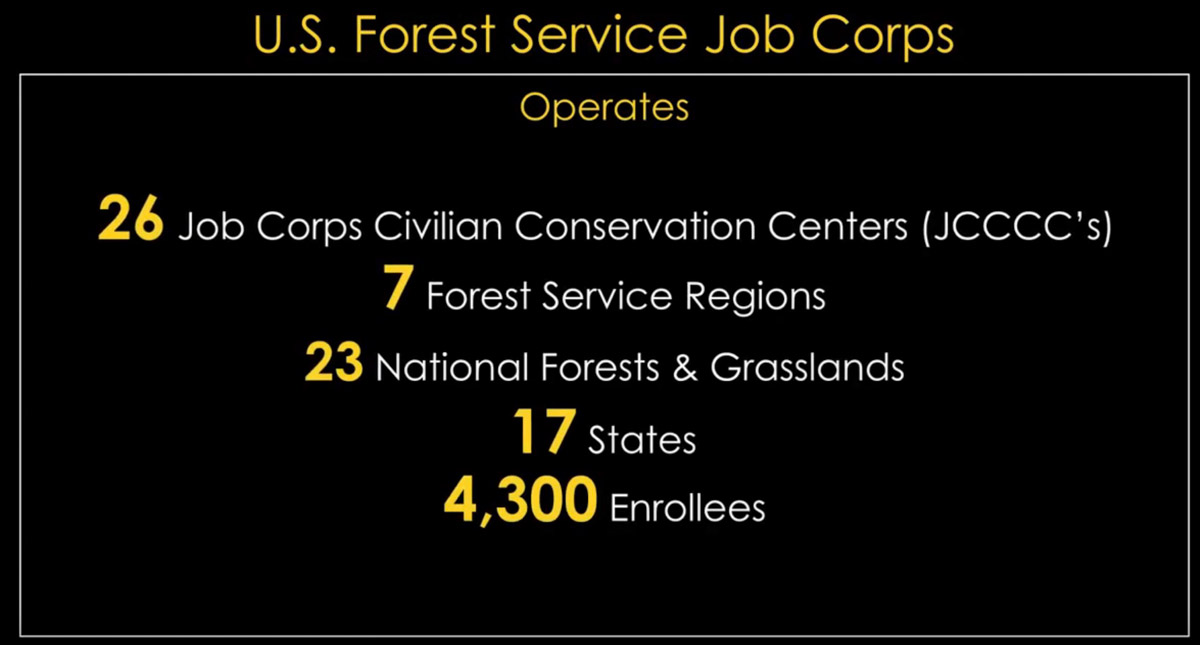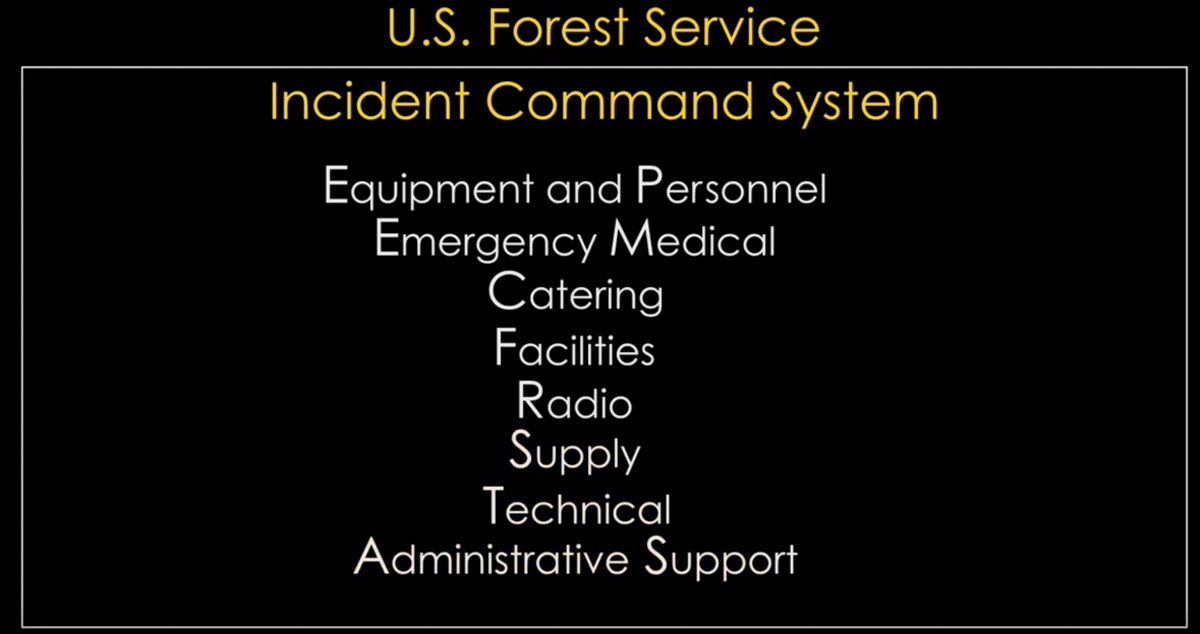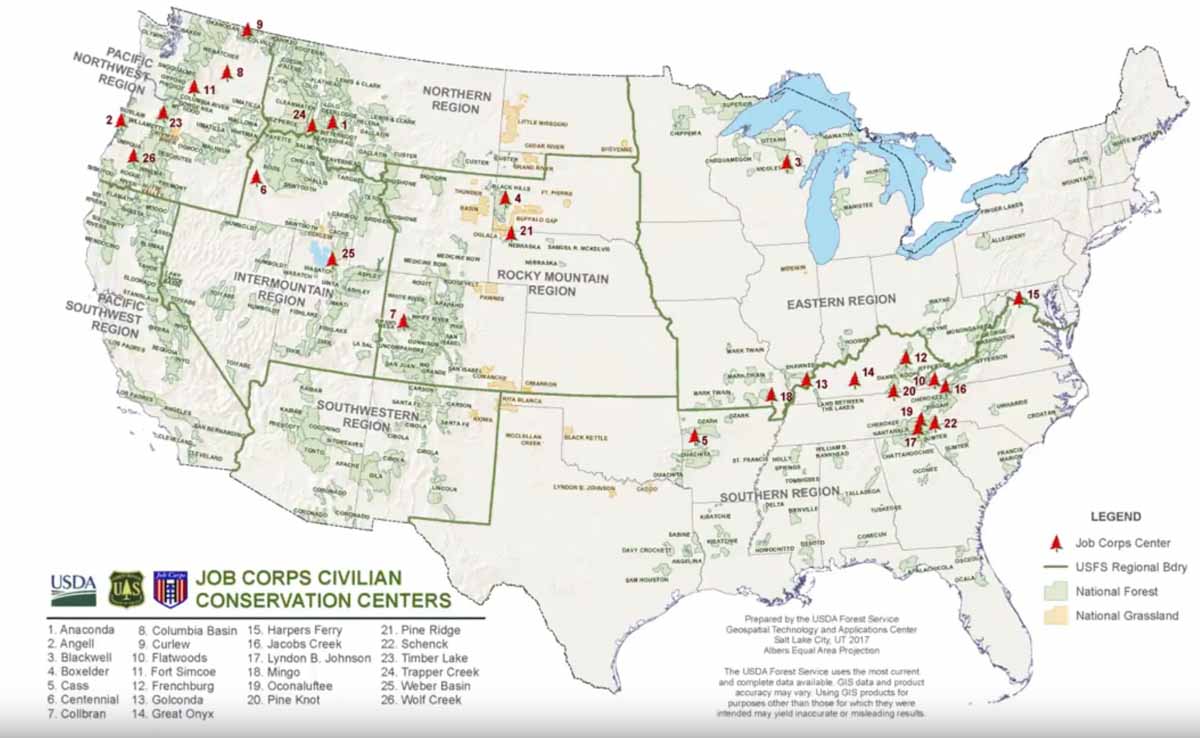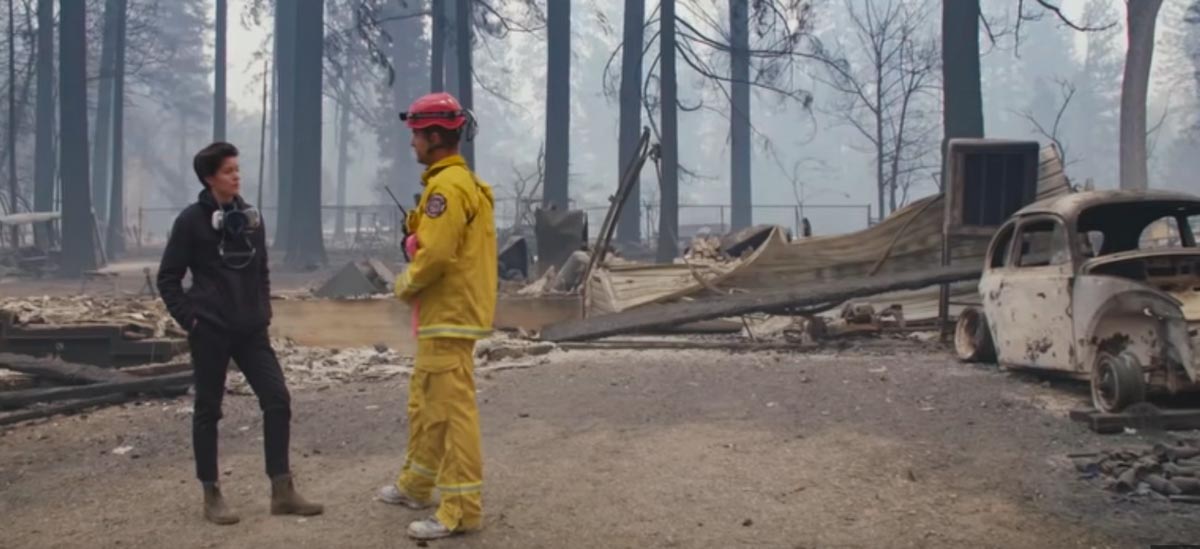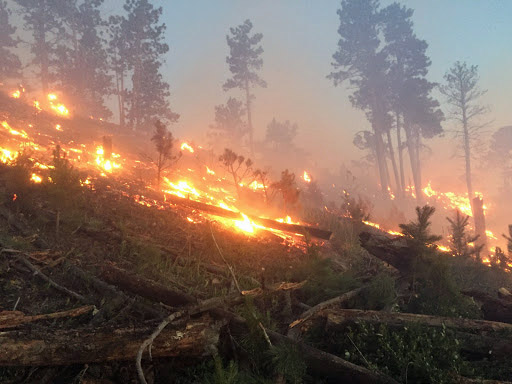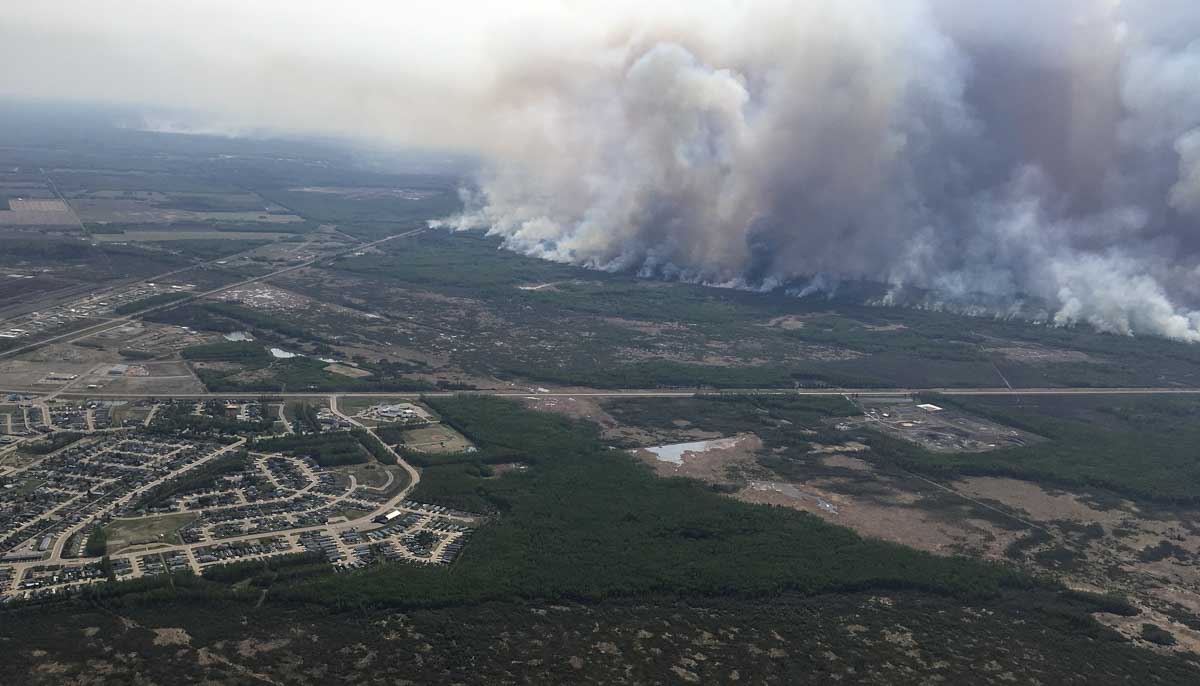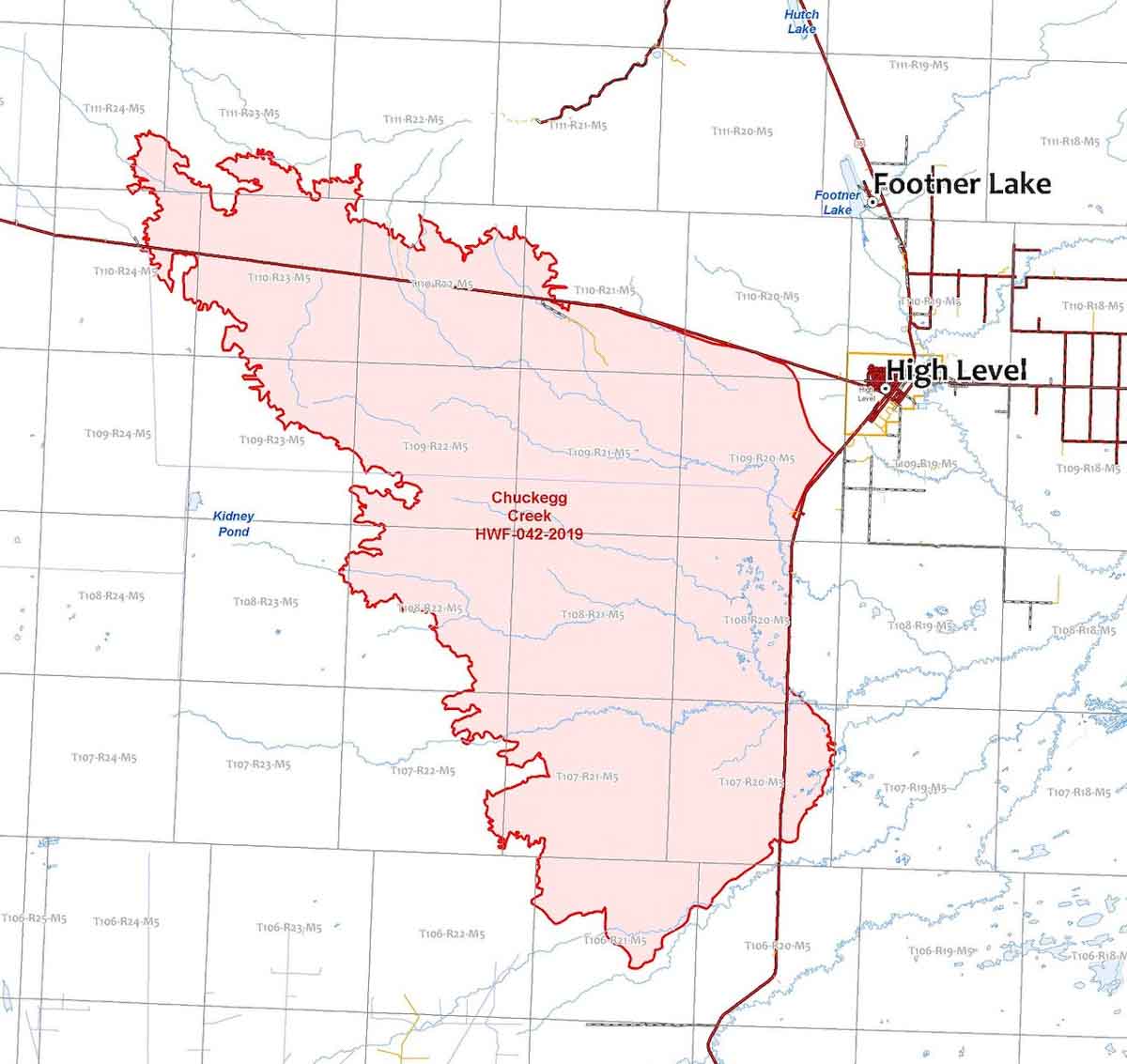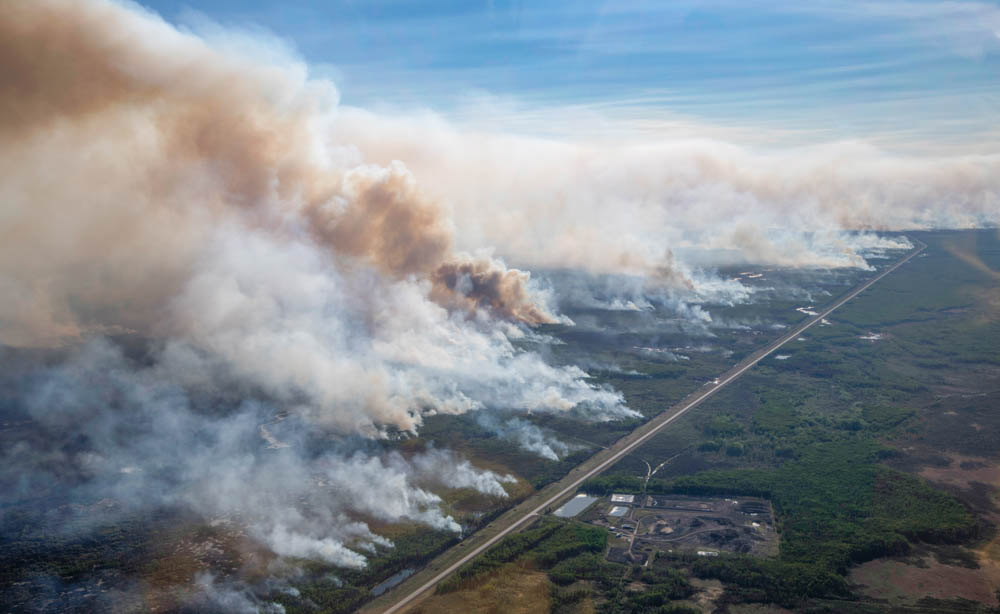
(Originally published at 10:15 a.m. MDT May 27, 2019)
The Chuckegg Creek Fire in northern Alberta has burned more than a quarter-million acres just west of the town of High Level. Alberta Wildfire announced Sunday that they estimate it has grown to 107,000 hectares, or 264,000 acres. (UPDATE at 2:38 p.m. MDT May 27: Alberta Fire now says the fire has burned 127,000 hectares [314,000 acres – almost one-third of a million].)
(To see all of the articles on Wildfire Today about the Chuckegg Creek Fire, including the most recent, click here.)
Dry conditions and the lack of recent precipitation has caused the blaze to grow significantly on Sunday. Pushed by a wind out of the west, large pyrocumulus clouds formed over the fire north of Highway 58 casting shadows that could be seen in the satellite photo below.
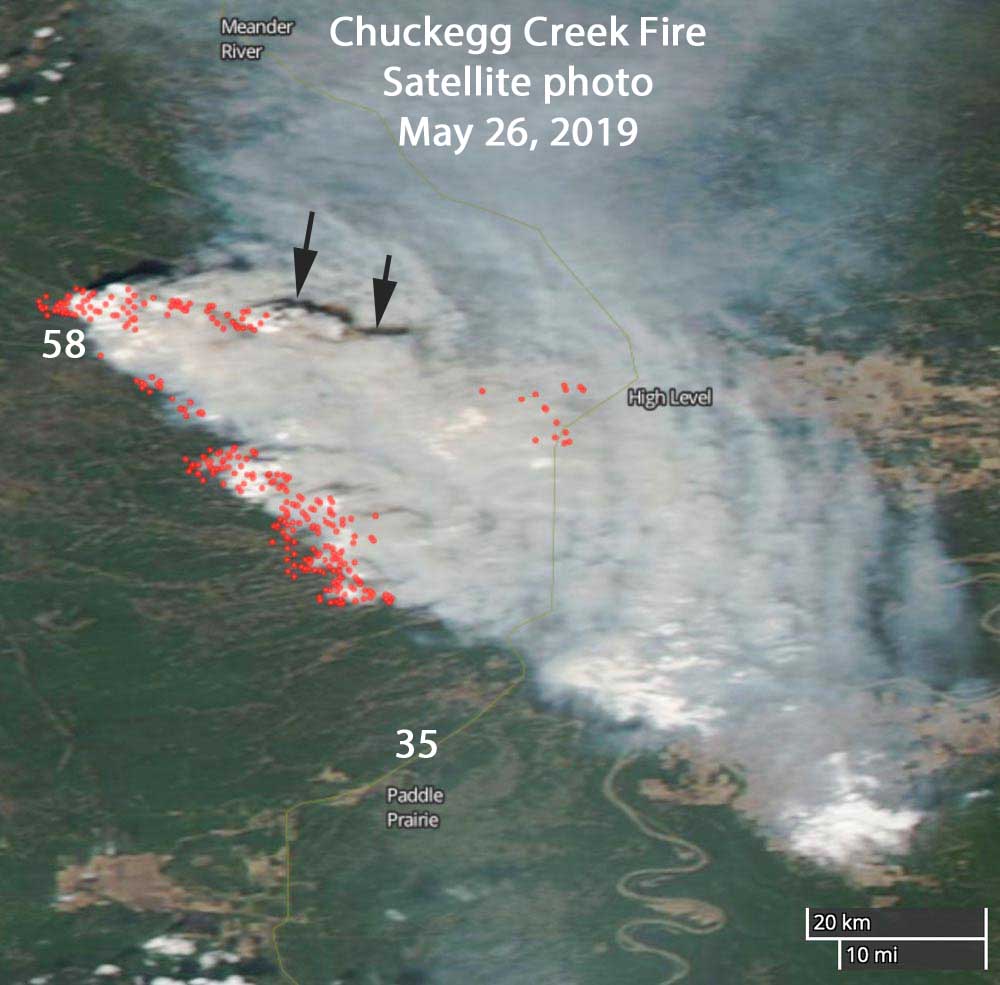
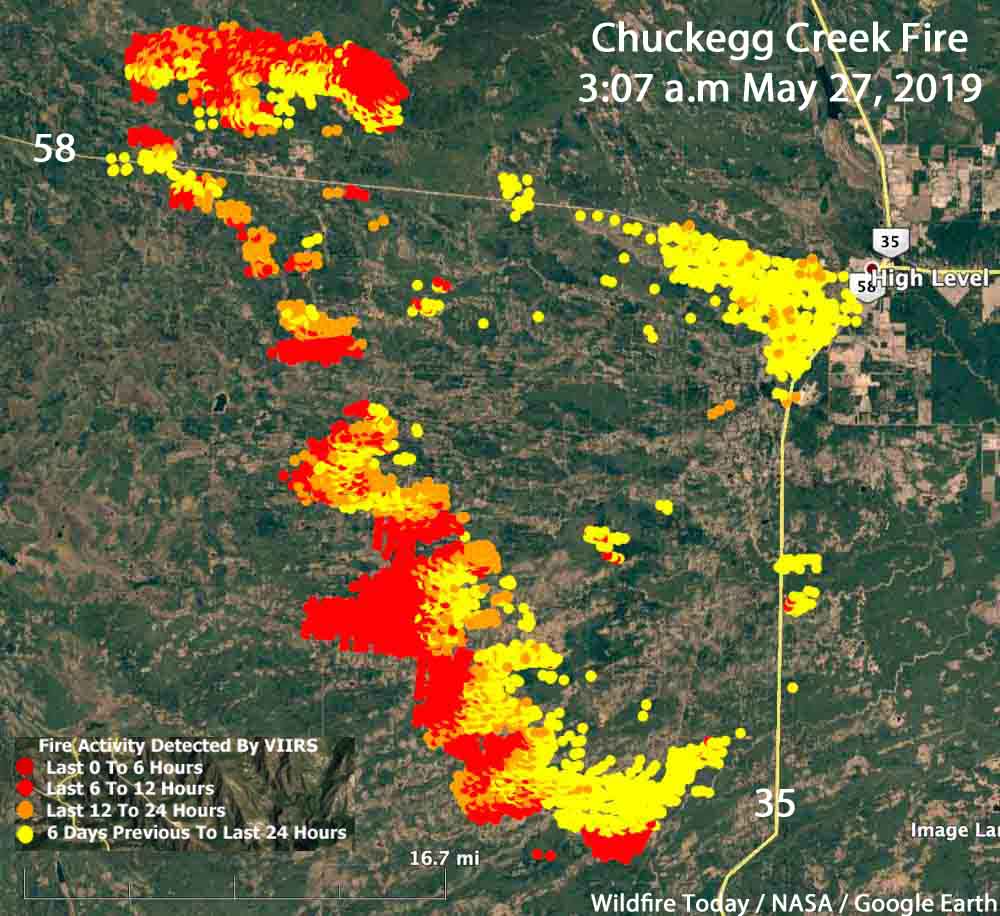
The weather forecast for Monday calls for moderate south and southeast winds which should cause most of the spread to be on the west and northwest sides, but Tuesday and Wednesday should bring stronger winds out of the west and northwest along with humidities in the 20s. The high temperature will be 91F (33C) on Tuesday. If the fuels north of highway 58 and northwest of High Level are conducive to burning, the fire could grow closer to the town under those conditions.
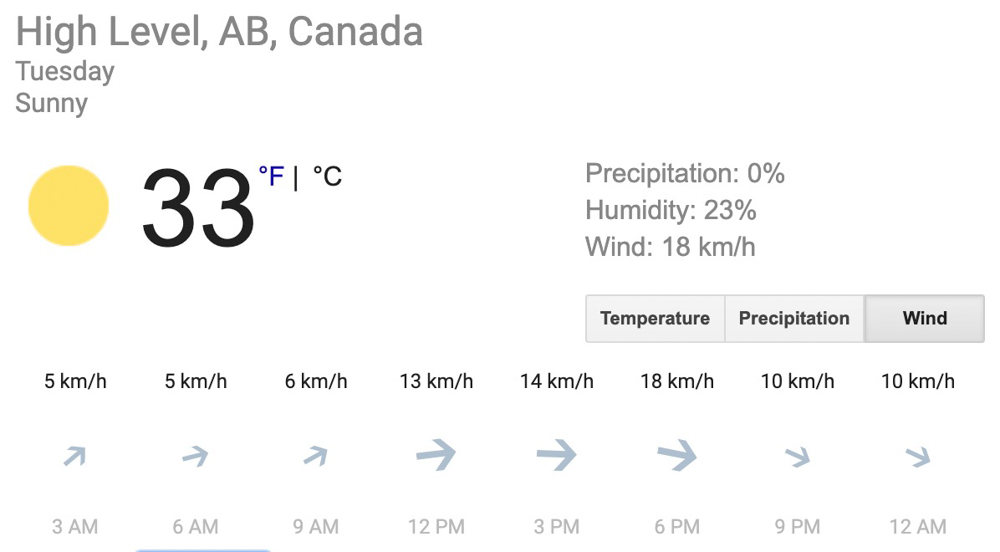
Below are excerpts from a Sunday evening update by Alberta Wildfire:
Today’s weather conditions led to increased wildfire activity. Extreme fire behaviour was observed on the north and west sides of the fire, away from the town. The weather also created challenges along the established fire guard. Wildfire and Structural firefighters were active on controlling hotspots along the fire perimeter in the priority areas around High Level. Airtankers worked today to drop fire retardant to reinforce the fire guard that heavy equipment and firefighters placed to protect the community and infrastructure.
The weather forecast tomorrow expects a cold front to arrive, bringing dry conditions and variable winds. This forecast will produce extreme fire behaviour conditions again tomorrow for firefighters.
- Heavy equipment continues to work along the northeast side of the fire and make good progress on this section of the fire perimeter.
- Firefighters have completed a successful controlled burn technique to create a containment boundary along highway 35 south of High Level, highway 58 west of High Level and the fire perimeter, as weather conditions allowed firefighters to do so.
- Alberta Wildfire firefighters in conjunction with municipal firefighters, along with air support from helicopters and air tankers continue to work hard to contain the fire. The main area of spread remains away from town. There have been no homes or businesses damaged to date but the threat remains.
- The High Level Fire Department and other municipal firefighters have set up sprinklers on the southwest and northwest side of town. In addition, structural protection has been completed on Mackenzie County homes southeast of High Level, Tolko and Norbord.
- Structural firefighters have also been taking preventive measures on homes. This includes removing debris from yards, removing patio furniture from decks and other flammable material.
- There are 194 structural firefighters that continue to establish and maintain structural protection on homes in the Town of High Level and on other critical values at risk within Mackenzie County. Alberta Wildfire has 400,firefighters along with 28 helicopters on this fire. There are more resources arriving daily.
- Atco has restored power supply and is supporting normal operations to Mackenzie County, Town of High Level, La Crete, Fort Vermilion & Dene Tha’ First Nation. Atco has secured large-scale backup generators that can be drawn on to provide power to communities, if needed.

